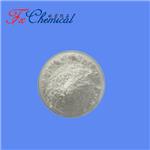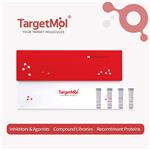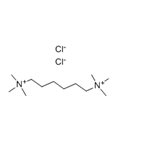White, crystalline, hygroscopic powder; faint odor. Very
soluble in water; soluble in alcohol, methanol,
and n-propanol; insoluble in chloroform and ether.
Available commercially as unhydrated form or as
dihydrate.
Hexamethonium chloride has been used to block the responses of nicotinic receptors towards it agonists. It has also been used to study the mechanosensitivity of viscerofugal neurons.
Medicine (antihypertensive).
Hexamethonium Chloride is a ganglionic nicotinic receptor blocker.
Nicotinic acetylcholine receptor (nAChR) forms a ligand-gated ion channel made up of four different subunits. Each subunit contains an extracellular amino-terminal domain (hydrophilic) and carboxylic terminal domain and four transmembrane domains. nAChR is an allosteric and transmembrane protein localized to the neuromuscular junction.
Hexamethonium chloride preferentially blocks nicotinic receptors at autonomic ganglia, crosses blood-brain barrier only at high doses. Nicotinic acetylcholine receptor (nAChR) is responsible for cognitive functions. Blocking this receptor results in cognitive impairment. nAChR antagonist is used to study the effect of loss of receptor function. Hexamethonium has a peripheral action over blocking the nAChR.



